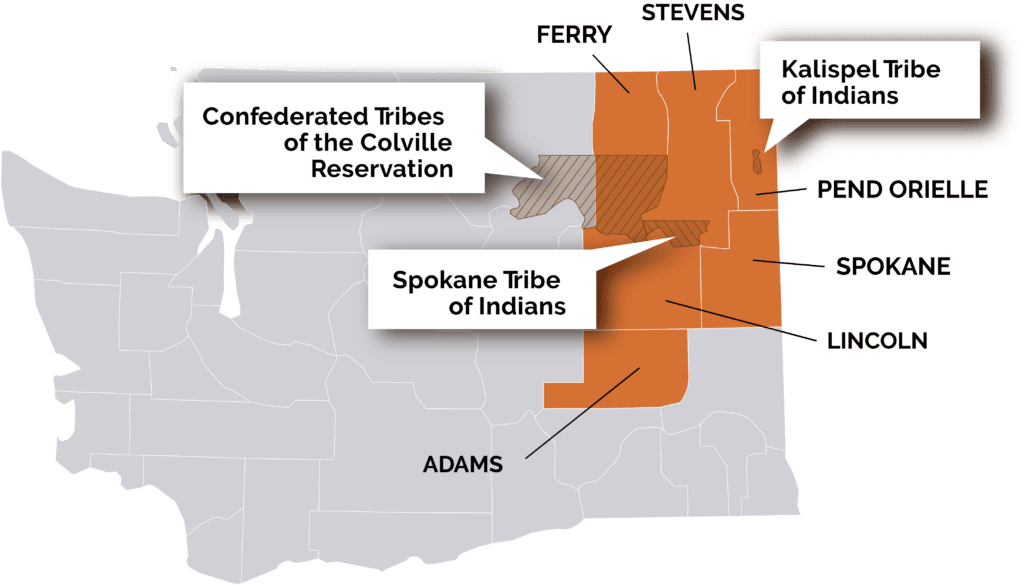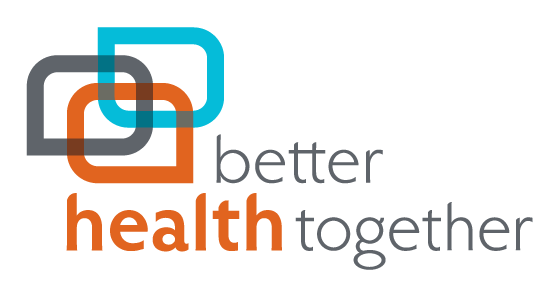Mission & Vision
Our vision and mission drive our work as an organization. Read on to learn more about what grounds us.
Mission
To radically improve the health of the region.
Vision
An integrated and anti-racist health system accountable for better health for ALL in eastern Washington.

What we mean when we say….
It’s not enough to talk the talk. Here’s how we live into the words in our vision in our work.
Integrated
We strive to find new connections between systems of care for physical, behavioral, oral, and the social determinants of health like food, housing, transportation, and other vital everyday needs.
Anti-Racist
Heath System
We recognize systems of oppression are at play and acknowledge historical context before acting. We work to address systemic racism and health inequities with the delivery of care.
Accountable
We are accountable to our region and identify the greatest needs. We utilize de-aggregated data to measure how we are creating connections to increase access to care and take action with the information. We engage community in an assessment of our performance. We embrace humility, and recognize there is knowledge from the people who are closest to the care.
For ALL
Every person who calls our region home including those in Ferry, Stevens, Pend Oreille, Spokane, Lincoln, and Adams Counties and the tribal reservations of the Kalispell Tribe of Indians, Spokane Tribe of Indians and the Confederated Tribes of the Colville Reservation.
Commitment to Anti-Racism
At BHT, we strive for health equity – where institutions support every individual in achieving their full health potential regardless of identity, environment, or lived experience.
A fundamental part of our equity journey is the understanding that we live in a white-dominant culture built upon patterns of behavior that positioned white people to dominate positions of power while perpetuating avoidable and unjust health outcomes for people of color for over 400 years. We acknowledge the presence of systemic racism and white-supremacy culture at play in the policies and culture that governs our work. We must be intentional in our commitment to support the voices of Black, Indigenous, and people of color or else we risk perpetuating patterns of white-supremacy culture.
When we look at the decision-making tables, we notice most of the leaders are white. When we look at who is most impacted by these agencies’ work, the data shows people of color carrying the unjust burden of the greatest barriers. This disparity tells us we are working in a white-dominant system. If we are not intentional about applying an anti-racist lens to everything we do, we are at risk for perpetuating white supremacy culture in behaviors such as perfectionism, defensiveness, and a sense of urgency.
In June 2020, the BHT Board approved the following position statement to guide our work (read our entire position document here):
Racism is not just when a person treats someone else differently because of their race.
Racism is a developed false idea used to justify a culture whose behavior has positioned white people to dominate positions of power while perpetuating avoidable and unjust health outcomes for people of color for over 400 years.
Our Goals
It’s not enough to talk the talk. Here’s how we live into the words in our vision in our work.
Promoting health equity for all, by all
Integrating equity in the health care delivery system to support every individual in achieving their full health potential while acknowledging identity, environment, and lived experience.
Optimizing use of community resources
Creating and strengthening linkages between the health care delivery system and community resources to address social determinants of health.
Improving access to integrated, whole-person care.
Expanding access to integrated physical, behavioral, and oral health in a whole-person system of care.
Uplifting a community-based workforce
Improving economic and social well-being of the community-based workforce
